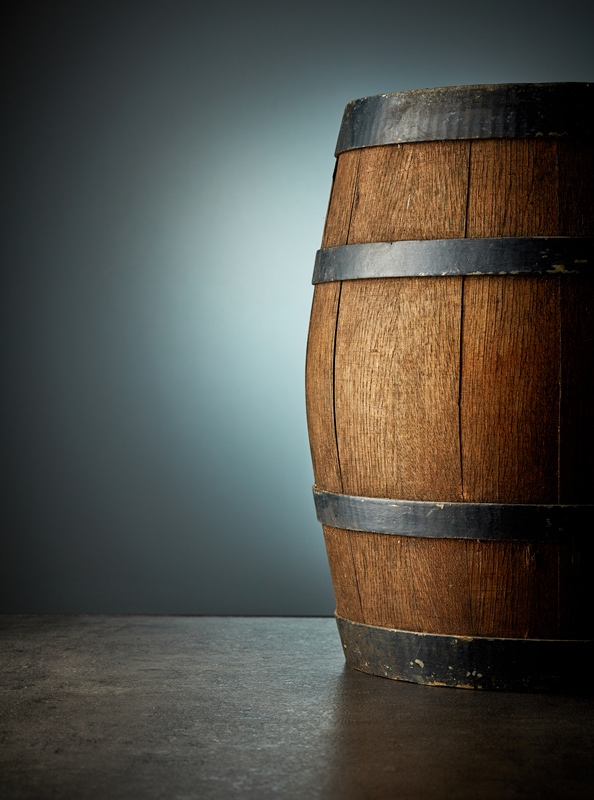Enzymes Used in Distillery
The success of yeast fermentation is critical as it is extracted by fermenting sugars from grains, and production of alcohol could not occur without the work of amylase enzymes to break down starch into pure sugar that is used by yeast. Also, many steps of metabolic pathways used by yeast are enzyme-dependent. Without enzymes, fermentation would not be possible.
A purified form of ethanol is produced from grain alcohol by the distillation of fermented grains. Generally, fermented molasses and sugar residues are used to produce ethanol at an industrial scale. Still, it can also be produced by fermentation of grains under different climatic conditions and variant needs. Enzymes for alcohol accelerate the fermentation of grains like maize, starch, corn grain, millet, wheat, sweet sorghum, tapioca, and sugar beet, depending on availability and trends of usage
Antozyme biotech developed High performing Individual enzymes and multi enzymes Liquid blend and it effectively assisted the development and improvement of modern household and industrial detergent to speed up to detergency process. These all enzymes improve liquid detergent performance as well as detergent efficiency too
The use of enzymes on molasses juice allows the residual starch, dextrin, and protein to be hydrolyzed into more fermentable sugar and amino acid. This Monosaccharide’s consumed by yeast and improves yeast growth and alcohol yield.

Antozyme biotech’s product ACTIVOZYME-MOL is combination of specific microelements, Nutrients and enzymes. The product is formulated after carefully study of the parameters and requirement of the process. ACTIVOZYME-MOL is a specific designed biotechnology-based formulation for improving the alcohol yield in molasses-based distillery fermentation.
Increase alcohol concentration in mash thereby the reduction in spent wash quantity.
A process was explored for continuous enzymatic liquefaction of corn starch at high concentration and subsequently scarification to glucose. The process appears to be quite efficient for conversion of starch to glucose and enzymatic liquefaction and should be readily adaptable to industrial fermentation processes.
Benefits
Antozyme biotech’s product ACTIVOZYME-ST which is multienzymes blend of Enzymes, most grains also have proteins which are a good source of nutrition for yeast. But as with starch, the yeast cell cannot utilize proteins directly. In order to make proteins available for yeast, it needs to be broken down into small “bricks” – amino acids. Amino acids are used by yeast as a nitrogen source to build new healthy cells. If using inorganic nitrogen (for example DAP), an addition of protease is still useful. DAP is consumed by the yeast in the first hours of fermentation, allowing a good start, but protease releases amino acids throughout fermentation. This provides valuable nutrition for the yeast even at the end of fermentation, when the yeast is under many factors of stress (alcohol, organic acids, lack of nutrition), therefore allowing complete fermentation.
Antozyme Biotech’s ACTIVOZYME-GA is Simultaneous Saccharification and Fermentation (SSF): in this case, following liquefaction, the mash is cooled down straight to fermentation temperature and GA is added together with yeast directly into the fermenter. When this method is used, GA’s activity is reduced compared to when added at 58-60 °С and provides a slower release of glucose. This technique avoids osmotic stress to the yeast and therefore results in better yield. Gradual release of sugar also helps to reduce the contamination risk.
It is very important to have the right dosage of GA in order to achieve good efficiency.
Antozyme biotech’s product ACTIVOZYME-ST which is multienzymes blend of Enzymes, most grains also have proteins which are a good source of nutrition for yeast. But as with starch, the yeast cell cannot utilize proteins directly. In order to make proteins available for yeast, it needs to be broken down into small “bricks” – amino acids. Amino acids are used by yeast as a nitrogen source to build new healthy cells. If using inorganic nitrogen (for example DAP), an addition of protease is still useful. DAP is consumed by the yeast in the first hours of fermentation, allowing a good start, but protease releases amino acids throughout fermentation. This provides valuable nutrition for the yeast even at the end of fermentation, when the yeast is under many factors of stress (alcohol, organic acids, lack of nutrition), therefore allowing complete fermentation.
